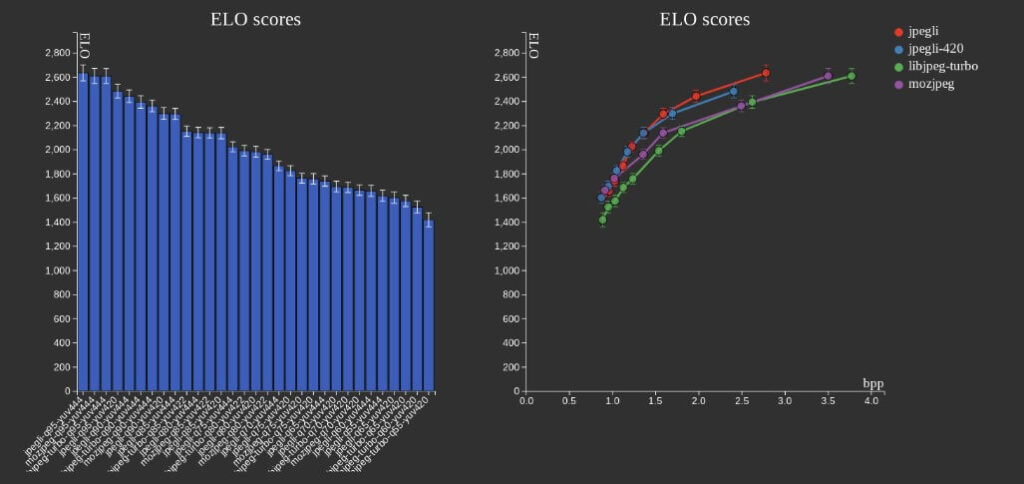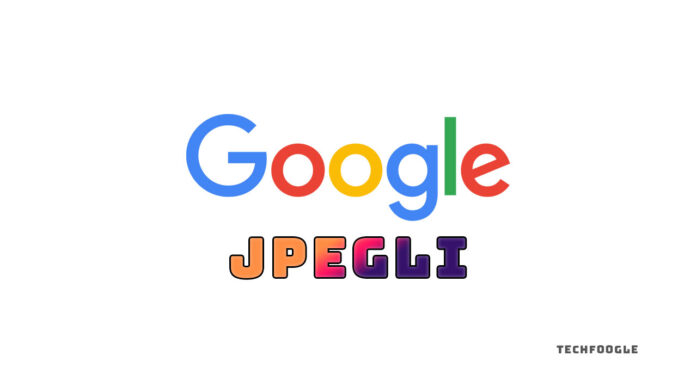In the ever-evolving landscape of the internet, significant transformations have reshaped fundamental elements like images and links over the past decade. Notably, innovations like WebP, AVIF, and the latest addition, Google Jpegli, a novel image coding library introduced by Google, have played pivotal roles in enhancing web performance. So, let’s delve into what exactly Google Jpegli is and why it holds importance.
Table of Contents
Introduction to Google Jpegli
Jpegli is Google’s fresh open-source JPEG coding library. It is designed to substantially reduce the size of JPEGs while preserving image quality and mitigating artifacts commonly associated with compressed images. The suffix “li” signifies “small” in Swiss German dialects, highlighting its focus on compactness without compromising visual fidelity.
What is Google Jpegli and its significance?
This innovative library boasts backward compatibility, ensuring that Jpegli-encoded images can be accessed by applications supporting JPEGs. Its capability to shrink a standard JPEG image by up to 35%, employing 10+ bits per component compared to the traditional 8 bits per component in conventional JPEG coding solutions, underscores its efficiency. Moreover, Google Jpegli outperforms WebP in terms of compression speed and quality, contributing to storage savings and accelerated webpage loading times.
How does Google Jpegli work?
Google Jpegli leverages four key strategies to achieve enhanced compression without sacrificing quality:
- Adaptive Quantization
- Improved Matrix Selection
- Precise Calculations
- Optional Advanced Colorspace
By utilizing adaptive quantization, Jpegli dynamically adjusts preservation levels for different image regions, effectively reducing noise while retaining crucial details, resulting in significant compression gains. This approach is inspired by techniques from the open-source library JPEG XL, ensuring optimal balance between file size and image fidelity.

Key features of Jpegli
One of Jpegli’s standout features is its spatial modulation of dead sectors, derived from psychovisual modeling techniques pioneered in Google’s Butteraugli project. This methodology, evaluating perceptual differences between images, enables Jpegli to achieve superior compression efficiency compared to traditional coding libraries like Mozilla’s MozJPEG and libjpeg-turbo.
Jpegli vs. WebP
While the internet predominantly embraces WebP, Google Jpegli offers a complementary approach. WebP serves as a versatile image format, akin to a suitcase accommodating various image types, including PNGs and animations. On the other hand, Jpegli optimizes JPEGs directly, ensuring compatibility with existing JPEG viewers while enhancing compression capabilities.
Adoption and impact of Jpegli on the web
Despite WebP’s dominance, Jpegli holds promise in specialized applications requiring JPEG format compatibility with enhanced compression. While widespread adoption across the web may be limited initially, Jpegli’s integration into image formatting tools could pave the way for broader utilization, particularly in optimizing legacy JPEG assets for improved web performance.
Conclusion
In conclusion, Jpegli represents a significant advancement in JPEG compression technology, offering a compelling alternative to traditional methods. Its efficient compression algorithms, coupled with compatibility with existing JPEG standards, position it as a valuable tool for optimizing web content without compromising visual quality.








